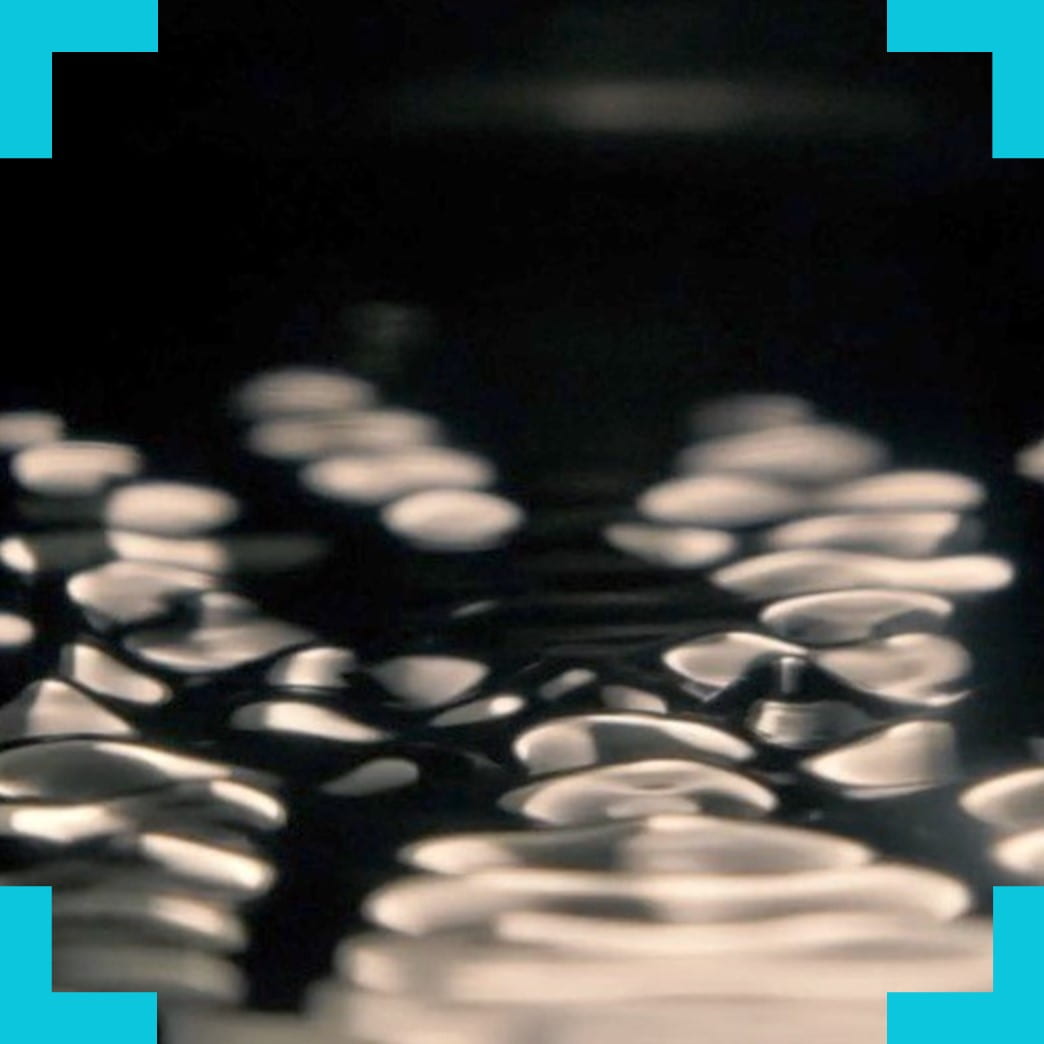Liquid Noise: Using cetacean cymatics to visualise and invisible issue
By visualising the sounds of marine wildlife and the way they are impacted by underwater noise pollution, can we draw attention to an otherwise invisible challenge? Using sound visualisation, this research explores noise pollution and how its impact on sea life can be brought to the surface and made more visible.

This research project was inspired by a documentary that Dan Pollard and Annie Moir worked together on prior to this research:
What did the project involve?
Whale song is one of the most iconic sounds of marine wildlife, but noise pollution generated by various sea-based industries has become a profoundly disruptive intruder into this unseen sound world. By finding a way to visualise this invisible clash, can we better understand the impact of human noise in the oceans? Can this enable individuals and organisations to reflect more broadly on the links between our activities and the natural world?
Cymatics is a phenomenon that makes sonic waveforms visible in physical materials and the team uses it to show the patterns created in small pools of water by the sounds of humpback whales, recorded off the coast of Iceland, as well as the way these patterns are distorted and masked by introducing recordings of marine noise pollution. This forms the basis of a touring cymatics-based installation to accompany a documentary on the issue of marine noise. The research process in developing the installation consisted of two main elements – a workshop with an international panel of experts and the establishment of an international network for recording whale song and marine noise pollution.
Who are the team and what do they bring?
- Pete Bennett (Computer Science, University of Bristol) is a designer, musician, academic, artist and creative technologist. His research interests include Mobile and Wearable Computing, Tangible User Interfaces, Musical Instrument Design and Design Theory.
- Dan Pollard (Composer/Sound Artist, Pervasive Media Studio) has been collaborating with a marine biologist around the sounds of the deep ocean. Visit Dan Pollard’s Website.
- Annie Moir (Natural History Unit, BBC) is a marine biologist, wildlife filmmaker and impact producer at the BBC.
- Hödur Sigurbjanarson (North Sailing) North Sailing are an environmentally friendsly whale watching tour company that sail around Skjálfandi Bay on a silent electric boat. The often partner with environmental and scientific organizations.
What were the results?
The installation was exhibited at the New Interfaces for Musical Expression Conference in July 2020 and then exhibited at the Ramsgate Festival of Sound in September 2020. The research team are continuing to develop the installation and have plans to show it in Bristol in September 2021.

